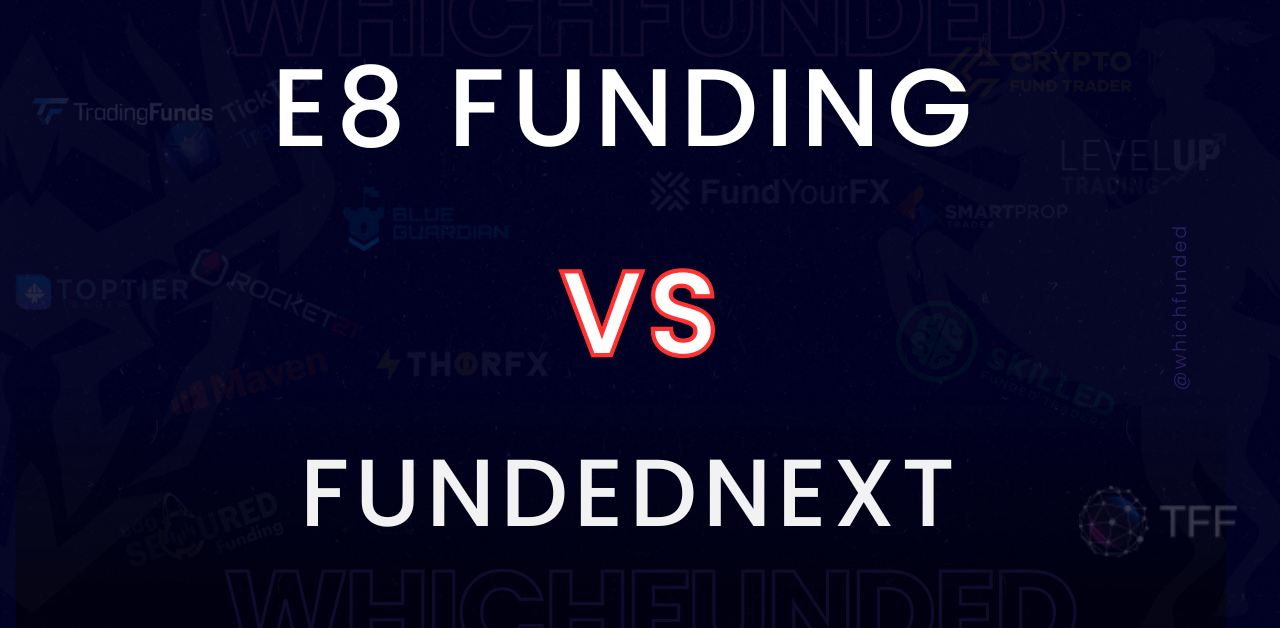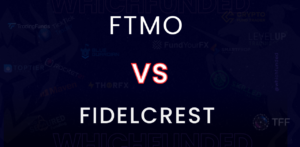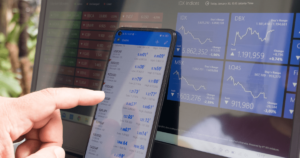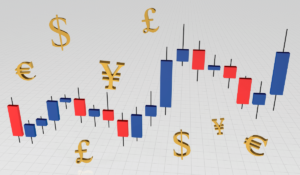Introduction:
In the world of funded trading programs, traders often seek opportunities that provide them with the necessary capital and support to enhance their trading careers. Two popular options in this space are SurgeTrader and E8 Funding. In this blog post, we will compare and contrast these two programs from the perspective of a trader who has experienced both, highlighting their key features, benefits, and overall trading experience.
| Prop Firm Details | E8 Funding | SurgeTrader |
| Year Founded | 2021 | 2021 |
| Maximum Balance | $1,000,000 | $1,000,000 |
| Tradeable Assets | Forex Indices Metals Commodities Stocks Crypto |
Forex Indices Metals Commodities Stocks Crypto |
| Challenge Type | Two Step Evaluation | One-Step Evaluation |
| Trading Platforms | MT4 MT5 |
MT4 MT5 |
| Trading Hours | Holding Overnight Holding Over Weekend |
Holding Overnight |
| Copy Trading | ❌ | ✅ |
| News Trading | ✅ | ✅ |
| EAs | ✅ | ✅ |
| Trust Pilot Rating⭐ | 4.7 / 5.0 | 4.2 / 5.0 |
| Trust Pilot Reviews | 814 | 266 |
| Payment Types | Wire Transfer Paylpal Neteller Crypto Payoneer Coinbase Revolut Wise |
Wire Transfer Paypal Crypto Credit Card |
Account Types and Capital:
Both SurgeTrader and E8 Funding offer multiple account types to cater to traders with varying goals and experience levels. SurgeTrader provides account tiers ranging from Starter to Master, while E8 Funding offers the E8 Account, E8 Track, and ELEV8 Account. The account sizes and initial deposit requirements differ between the two programs, allowing traders to choose according to their specific needs.
Trading Platforms:
SurgeTrader and E8 Funding provide access to reliable and widely used trading platforms. SurgeTrader offers a proprietary platform, while E8 Funding offers the popular MetaTrader 4 (MT4) and MetaTrader 5 (MT5) platforms. These platforms are known for their user-friendly interfaces, advanced charting tools, and extensive range of technical indicators, enabling traders to execute trades efficiently.
Evaluation Process and Risk Management:
Both programs employ an evaluation process to assess traders’ skills and determine their eligibility for funded accounts. SurgeTrader offers 1 Phase and 2 Phase auditions, whereas E8 Funding has a tailored evaluation process for each account type. Risk management is emphasized in both programs, with SurgeTrader implementing daily loss limits, and E8 Funding utilizing innovative risk scaling techniques to strike a balance between risk and reward.
Profit Split and Withdrawals:
SurgeTrader offers a profit-sharing model that allows traders to keep up to 90% of their profits, while E8 Funding offers an attractive 80/20 profit split arrangement. Both programs offer refund options for evaluation fees. Withdrawal processes are distinct for each program, with SurgeTrader allowing withdrawals without impacting the drawdown limit, while E8 Funding increases the drawdown limit with each subsequent withdrawal.
Scaling and Growth Opportunities:
E8 Funding’s ELEV8 Account provides traders with the opportunity to scale their funded account balance to $1,000,000 or more within a year. SurgeTrader does not explicitly mention a scaling program. However, both programs offer growth opportunities based on traders’ performance, allowing them to increase their account balances and achieve their financial goals.
Customer Support and Feedback:
SurgeTrader and E8 Funding prioritize customer satisfaction by offering live customer support and comprehensive help centers. Both programs have received positive feedback from traders, highlighting their transparency, support, and growth opportunities. Traders appreciate the dedication that SurgeTrader and E8 Funding show towards their clients’ success.
Conclusion:
SurgeTrader and E8 Funding are two prominent funded trading programs that offer traders the opportunity to access capital and trade professionally. While SurgeTrader focuses on profit sharing, clear profit targets, and leverage options, E8 Funding emphasizes risk management, innovative evaluation processes, and scaling opportunities. Ultimately, the choice between these programs depends on individual preferences, trading goals, and the specific features that resonate most with each trader.








